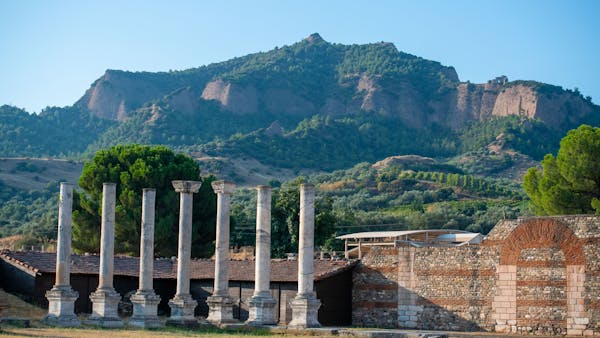History can sometimes be dry, (read long and boring). But in truth history is a sequence of fascinating stories with dates and places attached. This may sound a little oversimplified but at its core it is true. History is a story and everyone loves a good story.
So let’s begin as all good stories begin. Once upon a time, in a land nestled between the banks of two rivers there lived a group of people. The rivers were called the Euphrates and the Tigris and the loose confederation of city-states and tribes came to be known as the Mesopotamian Civilisation.
The rise of the Mesopotamian Civilization around 3000BC was accompanied by rapid urbanization. With the mushrooming cities came the confederacies that birthed states and with the rise of states came the dawn of literacy. It was in Mesopotamia and neighboring Egypt that writing was invented.
These cities and states were preceded by a long period of nomadic wandering. Tribes, mostly made up of families traveling together, ranged over the arid planes of the fertile crescent largely living off what animals they could hunt and whatever food was available to gather in the wilds. Early Mesopotamians were not farmers, they were hunters and gatherers.
They followed their prey into new areas and were constantly on the move. They used stone implements and lived in the most basic accommodation; usually huts or caves.
This period of nomadic hunting transitioned into a more stable lifestyle. Mesopotamians discovered the fertile crescent of land, snugly placed between the banks of the Euphrates and Tigris. They noticed that the land supported abundant game, the soil was fertile and perfectly geared towards raising crops and the waters of the rivers teeming with fish offered a source of fresh water.
The nomads began to settle and slowly began to morph into farmers. Farmers who began to wrangle the land to eke out a living. They began to dig canals and think of methods of irrigation in a land that, though surrounded by rivers, didn’t get a lot of rainfall.
Farming and a more settled lifestyle led these once nomadic tribes to put down roots. They traded in their animal hide tents for homes made of thatched reeds of sun-baked mud bricks. They built their homes in clusters and formed communities, offering each other much-needed help and protection. This led to the birth of villages.

